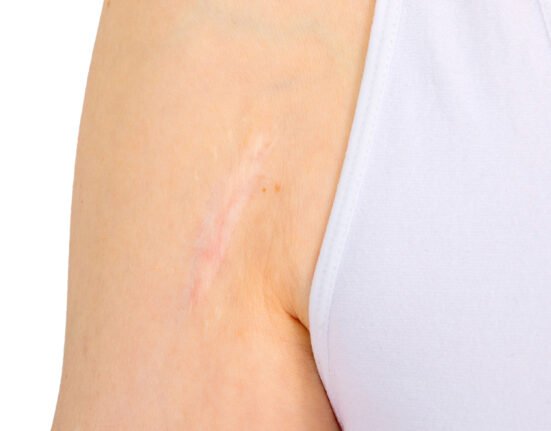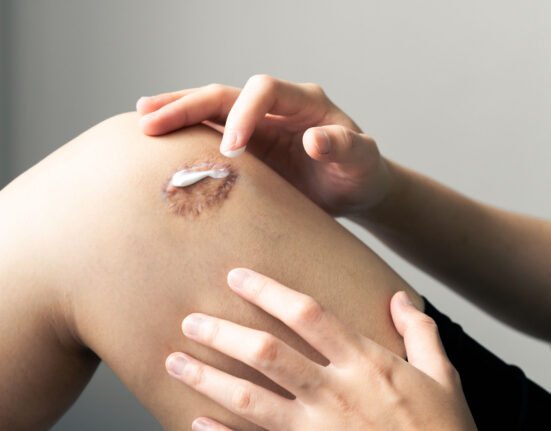Have you ever been told to “let your wound air out so it dries faster”? While the advice may be well-meaning, medically speaking, wounds don’t need air. They need moisture to heal correctly.
Minor wound care at home is more than just cleaning and covering. But, timing matters. Whether it’s a scraped knee or a small cut, knowing when to cover it and when to leave it open can make a big difference in healing.
So, when should a wound be covered, and when is it okay to leave it open?
Moist Wounds Heal Faster
Keeping a wound moist and covered has several benefits:
- heals faster;
- less likely to form scabs;
- lower risk of scarring;
- reduced pain.
While scabs (or crusts) are often seen as healing signs, they can slow down new skin growth by drying out the wound surface too quickly. That’s why preventing scabs through moisture retention is now the preferred approach.
How to keep a wound moist:
- Apply a gentle moisturizer or ointment regularly.
- Cover with a sterile dressing.
- Change the dressing daily or whenever it gets wet or dirty.
- Clean the wound before each dressing change.
When Should You Keep a Wound Covered?
Most wounds should be kept covered, especially if they are:
- open or actively bleeding;
- cuts, scrapes, or minor burns;
- located in areas that experience friction or exposure to dirt;
- not thoroughly dried or healed.
Benefits of covering a wound
- protects from infection by shielding it from dirt and bacteria;
- maintains a moist environment for faster tissue regeneration;
- reduces pain;
- minimizes the risk of scarring.
Before applying a dressing, you can use products like wund+™ Regeneration Cream or wund+™ Wound Spray to help prevent infection and promote healing.
When Can a Wound Be Left Open?

Although covering is ideal in most cases, some wounds can be left open:
- minor, superficial scrapes that are already drying;
- dry scabs with no signs of infection;
- pressure ulcers on areas like the heel, as long as they’re dry and not infected;
- healing wounds in clean, low-risk areas.
Even when left open, the wound must be kept clean and dry. Watch for any signs of infection, such as spreading redness, swelling, pus, or increasing pain
When to See a Doctor
Seek medical attention if:
- The wound is deep or hasn’t improved after more than a week.
- There are signs of infection, such as fever, pus, or worsening pain.
The “Dry Is Best” Myth
The idea that “the drier the wound, the faster it heals” is a common myth. In reality, moist wounds heal faster and with fewer complications.
Proper wound care involves:
- keeping the wound clean;
- covering it when needed;
- using trusted wound care products like wund+™ to support healing and prevent scarring
Treat wounds right from the beginning; your skin will thank you by healing better, faster, and without unwanted marks.
For effective minor wound care at home, always keep the area clean and use a gentle wound product like wund+!
References
Cleveland Clinic. Accessed in 2025. Should You Bandage a Cut or Sore or Let It Air Out?
UPMC. Accessed in 2025. Do Wounds Need Air to Heal?














Leave feedback about this